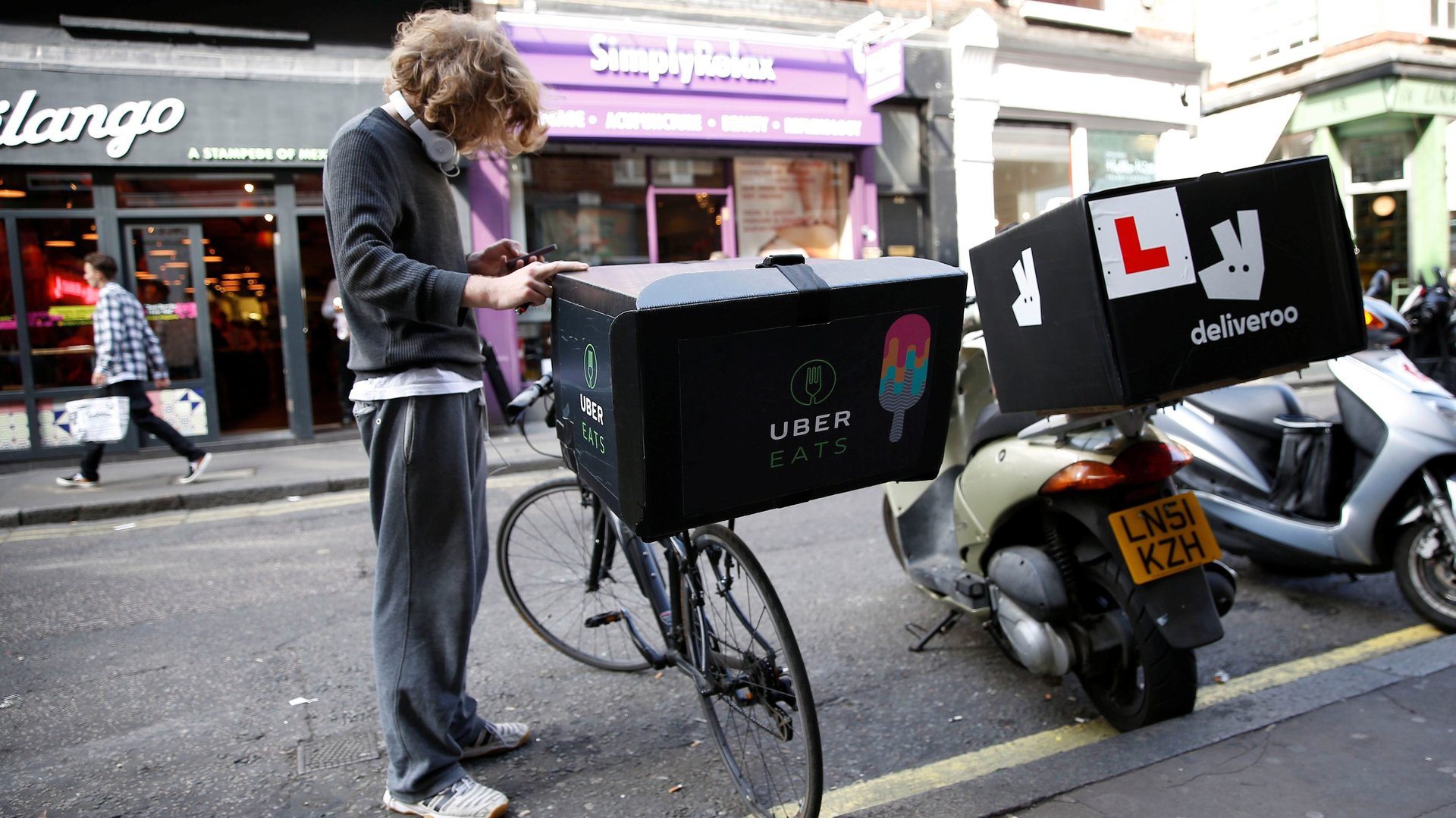People are joining the gig economy because of a powerful myth
The gig economy is growing, fast, with nearly 7 million people projected to be working in it in the US by the end of this year, up 26% from 2017. That’s according to estimates from Intuit that were cited in Mary Meeker’s latest Internet Trends report.


The gig economy is growing, fast, with nearly 7 million people projected to be working in it in the US by the end of this year, up 26% from 2017. That’s according to estimates from Intuit that were cited in Mary Meeker’s latest Internet Trends report.
The top reason these workers are enlisting is independence. Seventy-one percent of US gig workers say they “always wanted to be their own boss,” according to a survey Intuit conducted in November 2017, and cited in Meeker’s report. A full 91% say a benefit of gig work is the ability to control their own schedule.
It’s the single biggest myth about the gig economy.
Gig work has long been sold as a modern ideal for people who want to earn money flexibly. It’s easy to see the appeal: People who drive for Uber, deliver food for DoorDash, or do household tasks on TaskRabbit can log on and off as they please. They set their hours, and decide when to take a break or a day off.
What gets muddled in this telling of the gig economy is the idea of control. An Uber driver can pick her hours, yes. But is she really her own boss, or is the boss the company’s algorithm? The algorithm, after all, determines where the driver will head next, who she’ll pick up, and how much she’ll be paid for that trip. In other words, many important features of the job are outside the driver’s control.
The same is true of many gig platforms where workers are fungible and jobs assigned on the fly: Lyft, Juno, DoorDash, Postmates; companies like Washio (Uber for laundry) and Luxe (Uber for valet parking) before they closed up shop. It’s less true for higher skill positions, like some of the handyman jobs offered through a TaskRabbit, Thumbtack, or, now, Facebook.
Can gig work be flexible? Yes. Are workers really their own boss? Rarely, when there’s an algorithm in control.